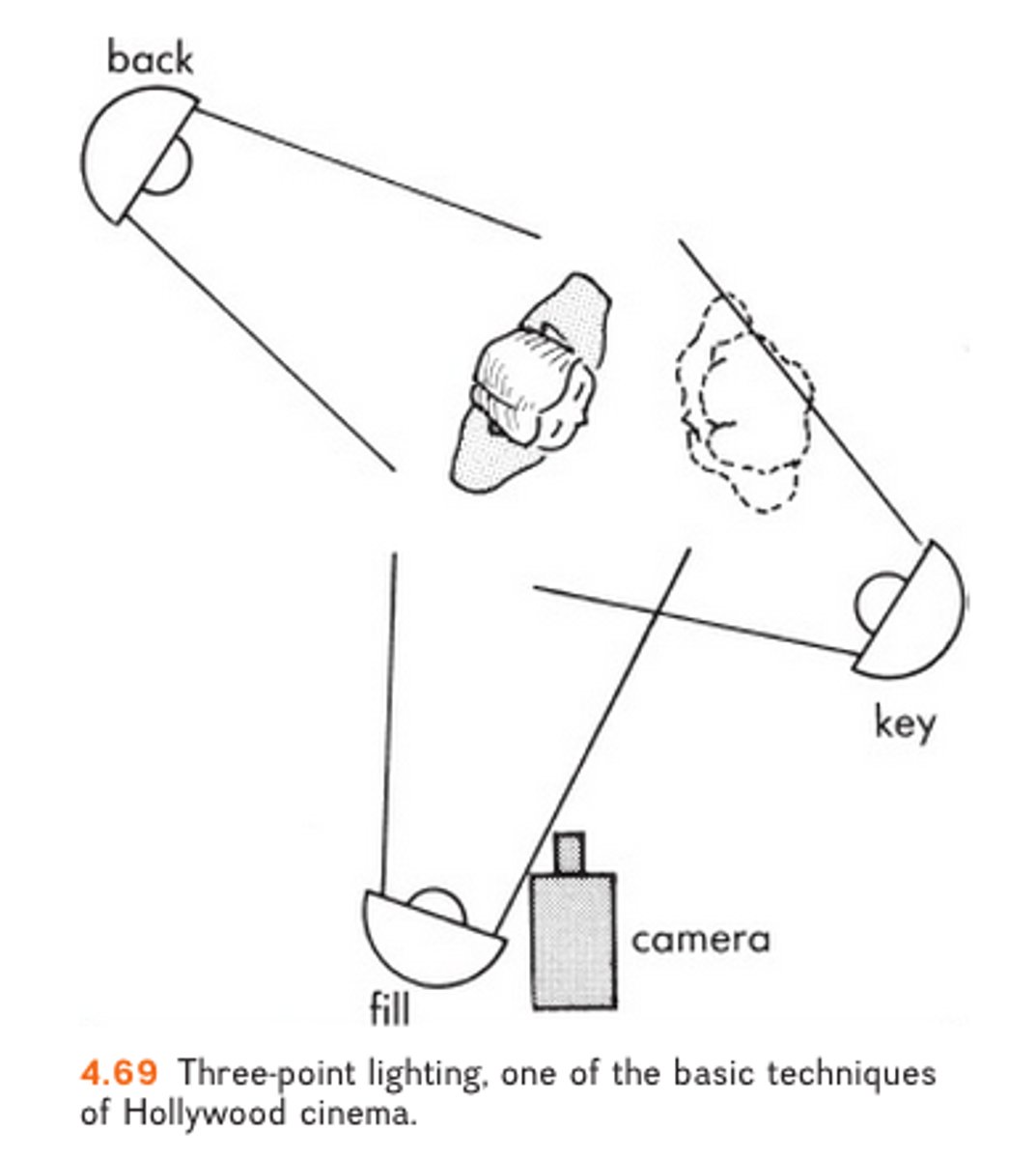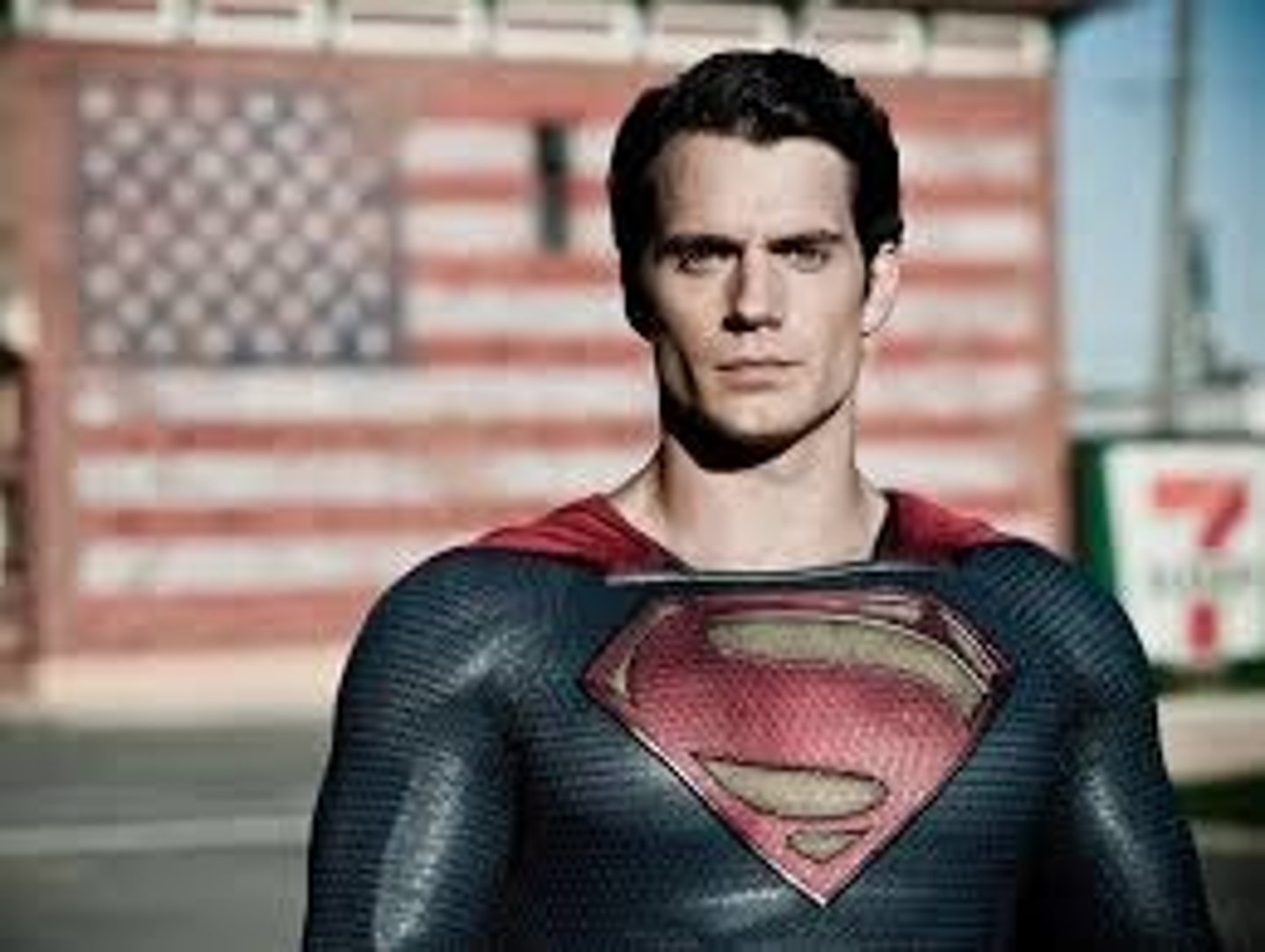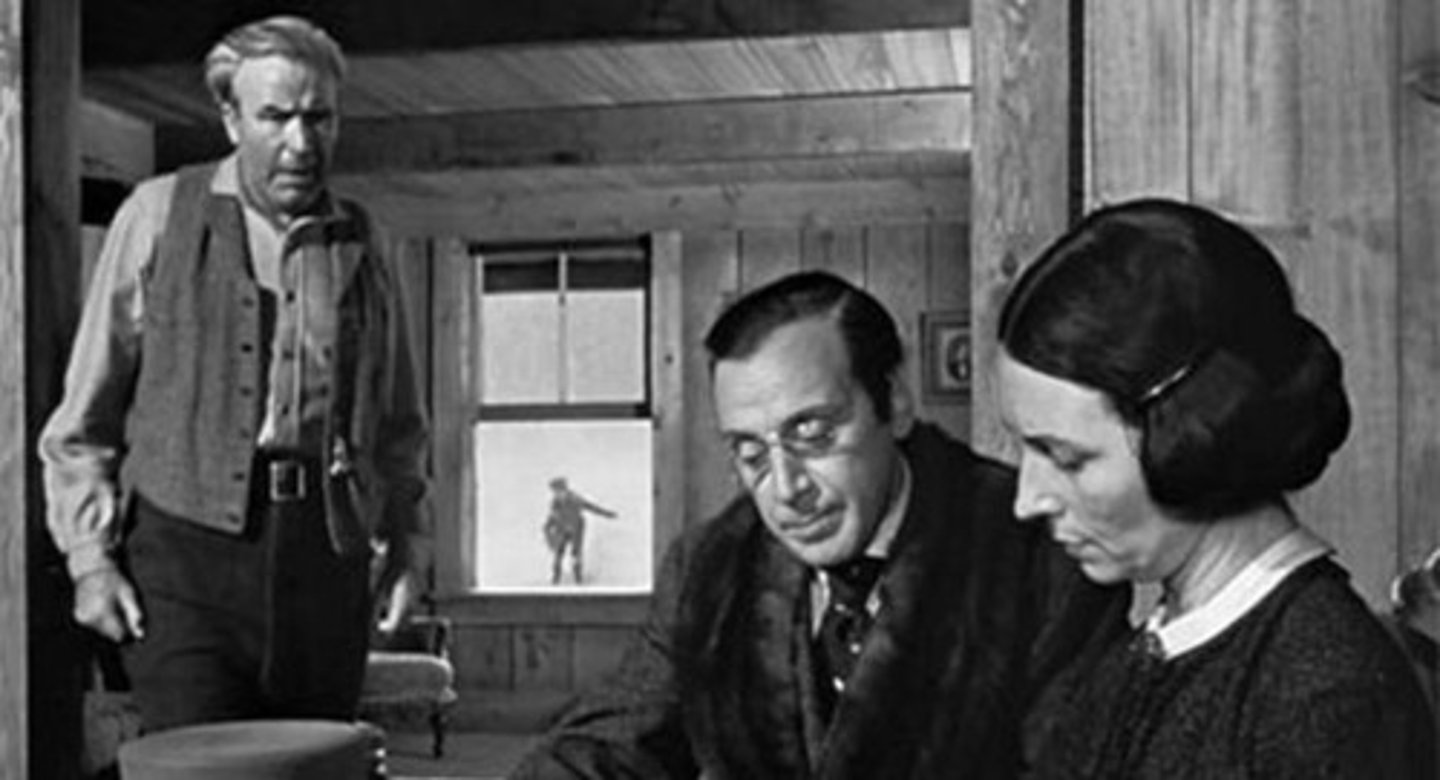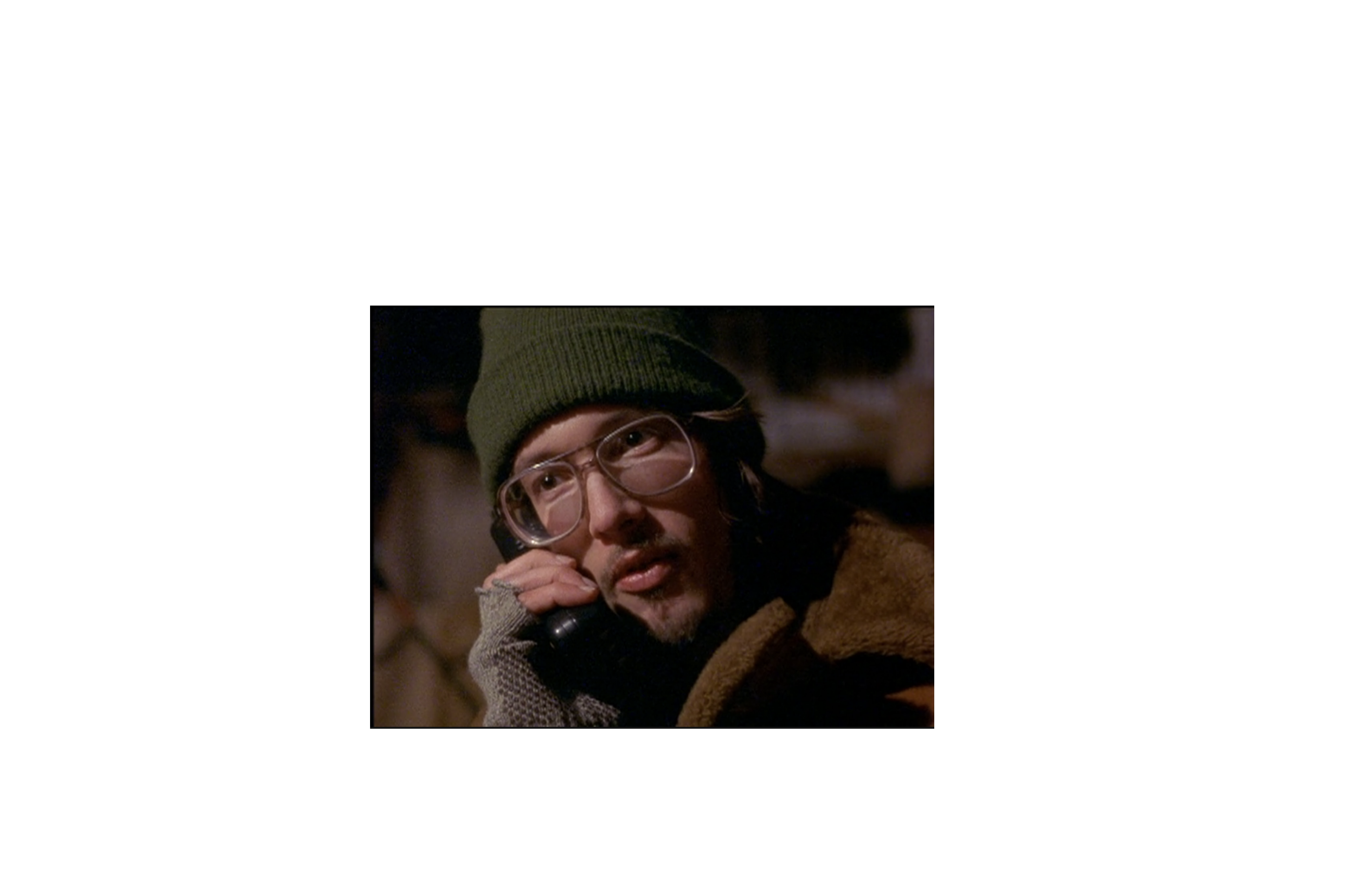Film Analysis Quiz Answers + Definitions
1/138
There's no tags or description
Looks like no tags are added yet.
Name | Mastery | Learn | Test | Matching | Spaced |
|---|
No study sessions yet.
139 Terms
In narrative film, "story" is:
A. All the events that are directly presented to us, including their causal relations, chronological order, duration, frequency, and spatial locations
B. All the events that we see and hear, plus all those that we infer or assume to have occurred, arranged in their presumed causal relations, chronological order, duration, frequency, and spatial locations
C. A formal order which supplements and/or disrupts the dual relationship of 'external' factual reality and 'internal' subjective experience
D. A type of filmic organization in which the parts relate to one another through a series of causally related events taking place in time and space.
B
In narrative film, "plot" is:
A. All the events that are directly presented to us, including their causal relations, chronological order, duration, frequency, and spatial locations
B. All the events that we see and hear, plus all those that we infer or assume to have occurred, arranged in their presumed causal relations, chronological order, duration, frequency, and spatial locations
C. A formal order which supplements and/or disrupts the dual relationship of 'external' factual reality and 'internal' subjective experience
D. A type of filmic organization in which the parts relate to one another through a series of causally related events taking place in time and space.
A
Fill in the Blank: In a narrative film, the world of the film's story. The _______ includes events that are presumed to have occurred and actions and spaces not shown onscreen.
A. Plot
B. Symbolic Order
C. Diegesis
D. Nondiegesis
C
The following suggestions, which are also espoused by the character John McKee in Adaptation, apply to which tradition of screenwriting: "Make sure your main character wants something. Emphasize conflict. Take your character on an emotional journey. Be sure that your ending resolves the initial situation?"
A. Non-Narrative Cinema
B. Surrealist Cinema
C. Classical Hollywood Cinema
D. Avant Garde Cinema
C
At various points in Vertigo, we see what John (Scottie) Ferguson sees through POV shots. One would best describe the depth of knowledge of the narration in these segments as relatively:
A. Subjective
B. Objective
C. Plan américain
D. Elliptical
A
Fill in the blank: The process through which the plot conveys or withholds story information. The _______ can be more or less restricted to character knowledge and more or less deep in presenting characters' perceptions and thoughts.
A. Mobile Frame
B. Diegesis
C. Mask
D. Narration
D
Sometimes, a narrative ends without showing us the ultimate effects of many of the causes in the film. We are left to infer about how things will continue. One would best describe this as:
A. Unrestricted Narration
B. An Open-Ended Plot
C. A Classical Hollywood Plot
D. Subjective Narration
B
Fill in the blanks: Mystery and detective films often use ________, in which we as the audience are limited in our range knowledge to a certain character, usually the lead detective, know in order to build suspense and mystery. However, the show Columbo subverts this tradition by often opening in a manner that shows the killer committing the crime. Here, we know more than Columbo himself. Columbo, therefore, uses ___________ more so than a traditional detective film.
A. Restricted Narration; Unrestricted Narration
B. Unrestricted Narration; Restricted Narration
C. Subjective Narration; Objective Narration
D. Objective Narration; Subjective Narration
A
Fill in the blanks: In Enjoy Your Symptom!, Slavoj Žižek describes a common scene in a horror film in which we are shown a shot of a house and then we are made aware that the shot was actually from the POV of a killer. He notes that this the revelation that what we took for a(n) _________ shot was actually a(n) __________ shot:
A. Restricted; Unrestricted
B. Unrestricted; Restricted
C. Objective; Subjective
D. Subjective; Objective
C
In Vertigo, we see John (Scottie) Ferguson's vividly colored, nearly psychedelic dream sequence. One would best describe seeing this sequence as an example of:
A. Perceptual Subjectivity
B. Perceptual Objectivity
C. Mental Subjectivity
D. Mental Objectivity
C
The main elements of mise-en-scene are:
A. Frequently, dissolves, fades, superimpositions, and wipes
B. The settings and props, lighting, costumes and makeup, and figure behavior/staging
C. The techniques, devices, or formal elements that are shared across media
D. The axis of action, crosscutting, cut-in, establishing shot, eyeline match, match on action, reestablishing shot, screen direction, and shot/reverse shot
B
Setting is:
A. The time and place where a story takes place. It includes the physical environment, location, architecture, geography, and cultural and historical context
B. All the events that are directly presented to us, including their causal relations, chronological order, duration, frequency, and spatial locations.
C. The imaginary line that passes through the main actors or the principal movement. It defines the spatial relations of all the elements of the scene as being to the right or left.
D. The order of surface appearance which are deceptive, observable phenomena which hide underlying structure.
A
When an object in the setting has a function within the ongoing action, we can call it a:
A. Dolly
B. Frontality
C. Mask
D. Prop
D
Fill in the blanks: The Good Year factory in Bless Their Little Hearts is an example of a(n) ________, whereas much of the action in Jacque Tati's PlayTime and Robert Wiene's The Cabinet of Dr. Caligari takes place in a(n) __________.
A. Constructed Set; Existing Locale
B. Existing Locale; Constructed Set
C. Matte; Mask
D. Mask; Matte
B
Fill in the blanks: Though these categories exist on a spectrum, as a general rule Neorealist films and those influenced by Neorealism, such as Bless Their Little Hearts, tend to employ __________ acting.
A. Subjective
B. Objective
C. Naturalistic
D. Stylized
C

The diagram below shows one basic set up of 3-point lighting. X is the _____ light, Y is the ________ light, and Z is the ________ light.
A. Key, Back, Fill
B. Fill, Back, Key
C. Back, Key, Fill
D. Fill, Key, Back
C
Recall our discussion on narrative. The manner in which Bless Their Little Hearts ends suggest that the film has:
A. Unrestricted Narration
B. An Open-Ended Plot
C. A Classical Hollywood Plot
D. Subjective Narration
B
The green neon sign that illuminates Judy in Vertigo or the lamp in Charlie and Andais's bedroom are examples of:
A. Underlighting
B. Top Lighting
C. Unrealistic Lighting Sources
D. Realistic Lighting Sources
D
Fill in the blank: Over the course of a film, we sometimes see a prop or props used repeatedly in significant ways. Sometimes, the props can be associated with colors as well to contribute to this. When this occurs, one would call the prop a(n) ___________, a term which can also be used for other elements in a film that are repeated in a significant way.
A. Overlap
B. Contrast
C. Motif
D. Duration
C
Fill in the blank: ____________ can be used to sculpt the actor's body through physical means (the aging Orson Welles's Charles Foster Kane in Citizen Kane) or digital means (the aging of Chris Evans's Captain America in Avengers: Endgame). Alternatively, it can also be avoided as in The passion of Joan of Arc or stylized and conspicuous as in later scenes in Todd Phillips's Joker.
A. Setting
B. Costuming
C. Staging
D. Makeup
D

Identify the camera distance of this shot
A. Medium long shot
B. Medium-shot
C. Medium close-up
Close-up
B

This image displays, most famously, which practice used in cinema?
A. Distribution
B. Matte work
C. Deep focus
D. Process shot
C

Identify the best description for camera distance of this shot
A. Medium long shot
B. Medium-shot
C. Medium close-up
D. Close-up
C
The black that blocks part of the screen in this image and makes an oval shape is called:
A. Mask
B. Wipe
C. Filter
D. Rotoscope
A
Aspect Ratio is:
A. The relationship of the frame's width to its height.
B. The imaginary line that passes through the main actors or the principal movement.
C. The adjustment of the camera mechanism in order to control how much light strikes each frame of film passing through the aperture
D. The strip of material on which a series of still photographs is registered
A
Fill in the blank: A(n) __________________ describes a camera movement with the camera body turning to the right or left, without the camera as a whole moving. On the screen, it produces a mobile framing that scans the space horizontally.
A. Tracking
B. Process
C. Ramping
D. Pan
D
Fill in the blank: The shots in Vertigo that convey Scott's dizziness and distorts the shot's perspective used a combination of a(n) _________ and a(n) ____________
A. Zoom-out; Track-in
B. Zoom-in; Track-in
C. Zoom-in; Track-out
D. Zoom-out; Track-out
C
An image that displays bright white highlights, stark black areas, and a narrow range of shades in between would best be described as:
A. Low contrast
B. High contrast
C. Tinted
D. Toned
B
In Early Spring, Ozu (almost) exclusively used _______ to join shots:
A. Fades
B. Wipes
C. Cuts
D. Dissolves
C
Graphic Match is:
A. Two successive shots joined so as to create a strong similarity of compositional elements (e.g., color, shape).
B. A continuity cut that splices two different views of the same action together at the same moment in the movement, making it seem to continue uninterrupted.
C. Shifting the area of sharp focus from one plane to another during a shot
D. A general term for various photographic manipulations that create fictitious spatial relations in the shot
A
Fill in the blank: _______ suggests a scene's space by providing only portions of it, without an establishing shot.
A. Analytic Editing
B. Constructive Editing
C. Associational Form
D. Graphic Match
B
Shot transitions that omit parts of an event are called:
A. Continuity editing
B. Analytic Editing
C. Elliptical Editing
D. Cheat Cuts
C
Fill in the blanks: A system of cutting to maintain continuous and clear narrative action.________ relies on matching screen direction, position, and temporal relations from shot to shot.
A. Jump Cuts
B. Cheat Cuts
C. Discontinuity Editing
D. Continuity Editing
D
An Establishing Shot is:
A. Any shot involving rephotography to combine two or more images into one or to create a special effect; also called composite shot.
B. A cue for suggesting represented depth in the image by showing objects that are farther away as smaller than foreground objects.
C. A shot, usually involving a distant framing, that shows the spatial relations among the important figures, objects, and setting in a scene.
D. A composite process whereby footage meant to appear as the background of a shot is projected from the front onto a screen; figures in the foreground are filmed in front of the screen as well.
C
Fill in the blank: Sound issuing from the story space (what is called _______sound) is a standard indicator of temporal continuity, especially when, as in this scene, the sound bleeds over each cut
A. Asynchronous
B. Diegetic
C. Nondiegetic
D. Postsynchronized
B
A segment of a film that summarizes a topic or compresses a passage of time into brief symbolic or typical images is called:
A. Nondiegetic insert
B. Crosscutting
C. Montage Sequence
D. Cutscene
C
Fill in the blank: Similarly, Ozu's scenes construct a _______ that produces what the continuity style would consider grave editing errors. Ozu's films often do not yield consistent relative positions, eyeline matches, and screen directions
A. 360° space
B. 180° space
C. Deep space
D. Shallow space
A
Constructive editing and _________ can be used to describe the same strategy of editing.
A. Crosscutting
B. The Kuleshov effect
C. Jump Cutting
D. Analytical Editing
B
Fill in the blank: The amplitude, or breadth, of the vibrations produces our sense of _________ or volume.
A. Pitch
B. Loudness
C. Timbre
D. Layers
B
The sense of a sound's position in space, yielded by volume, timbre, pitch, and, in stereophonic reproduction systems, binaural information describes:
A. Variation
B. Synchronous sound
C. Asynchronous sound
D. Sound perspective
D
Fill in the blank: _______ involves, minimally, a beat, or pulse; a tempo, or pace; and a pattern of accents, or stronger and weaker beats.
A. Rhythm
B. Synchronous Sound
C. Pitch
D. Sound perspective
A
Fill in the blank: In our sense, _________refers to the extent to which the sound is faithful to the source as we conceive it
Loudness
Sound Perspective
Fidelity
Pitch
C
Fill in the blanks with the best possible answers: ________ is sound that has a source in the story world and _________ is represented as coming from a source outside the story world.
A. Synchronous sound; asynchronous sound
B. Asynchronous sound; synchronous sound
C. Diegetic sound; nondiegetic sound
D. Nondiegetic sound; diegetic sound
C
Fill in the blank: Teorema has instances of ____________, which, if taken as a conscious choice, adds to the distancing and estranging effects of the film.
A. Diegetic sound
B. Direct sound
C. Asynchronous sound
D. Sound bridges
C
In The Umbrellas of Cherbourg, the song "Je ne pourrai jamais vivre sans toi" ("I Will Wait for You") can be said to act as a(n):
A. Internal diegetic sound
B. Motif
C. Direct sound
D. Asynchronous sound
B
Fill in the blank: In Ozu's Early Spring, _________ is usually not used when cutting between characters during dialogue scenes.
A. Dialogue overlap
B. Synchronous sound
C. Diegetic sound
D. Fidelity
A
Fill in the blank: The frequency of sound vibrations affects _______, or the perceived highness or lowness of the sound which, among other elements of sound, functions as a gag in Singin' in the Rain.
A. Fidelity
B. Sound perspective
C. Pitch
D. Timbre
C
The harmonic components of sound give it a certain color, or tone quality—what musicians call:
A. Loudness
B. Timbre
C. Fidelity
D. Pitch
B
Style is:
A. The degree to which a film's parts relate systematically to one another and provide motivations for all the elements included.
B. The phase of filmmaking that prepares for production on the basis of a screenplay, design, and financing.
C. The repeated and salient uses of film techniques characteristic of a single film or a group of films (e.g., a filmmaker's work or a national movement).
D. A type of filmic organization in which the parts relate to one another through a series of causally related events taking place in time and space.
C
Repeated patterns and techniques used by multiple directors in a larger movement could be called:
A. Categorical form
B. Group style
C. Transmedia storytelling
D. Rhetorical form
B
Kinuyo Tanaka's Girls of the Night has style influences from which of the following directors?
A. Nobuhiko Obyayashi and Sion Sono
B. Kazuya Shiraishi and Kinji Fukasaku
C. Seijun Suzuki and Hayao Miyazaki
D. Mikio Naruse and Yasujiro Ozu
D
Ozu's low angle, straight on angle shots in his films could be described as _________ due to how often they are used in and relied upon in the film
A. Salient techniques
B. Equivalents
C. Typage
D. Frontality
A
True or false: Only films in the narrative form can be said to have style
True
False
False
Dialogue Overlap
In editing a scene, arranging the cut so that a bit of dialogue coming from shot A is heard under a shot that shows another character or another element in the scene.
Loudness
The amplitude, or breadth, of the vibrations produces our sense of loudness or volume.
Pitch
Highness or lowness of sound
Timbre
The harmonic components of sound give it a certain color, or tone quality
What defines the overall sonic texture of a film?
Loudness, pitch, and timbre
Sound perspective
The closer the camera is to the source of the sound, the louder
Diegetic sound
Within the story world
Diegetic sound (external)
Has physical source
Diegetic sound (internal)
No physical source, such as coming from the mind of a character
Nondiegetic sound
Not within the story world
Synchronous sound
Matches temporally the movement depicted on screen
Asynchronous sound
Sound that is not matched temporally with the movements occurring in the image, as when dialogue is out of synchronization with lip movements
Simultaneous sound
Takes place at the same time as the image
Nonsimultaneous sound
Diegetic sound that comes from a source in time either earlier or later than the images it accompanies
Mixing
Combining two or more sound tracks by recording them onto a single one
Layers
The sounds flow not only in streams but also in layers. We have already seen that in production, combining sounds is usually done after shooting, in the mixing process. The mixer can precisely control the volume, duration, and tone quality of each sound, weaving them in and out, making them momentarily clear, or pushing them out of hearing.
Cut
The joining of two strips of film together with a splice
Fade out
Darkens end shot until black
Fade in
Lightens from black
Dissolve
Superimposes end of shot A and beginning of shot B
Wipe
Shot B replaces shot A by boundary line moving
Analytical editing
Establishing shot broken down into closer parts
Shot reverse shot
Where the camera alternates between two characters, often in a conversation, showing each character looking in the opposite direction, creating the illusion that they are looking at each other. We follow the eyeline of the characters
Constructive editing
Editing that suggests a scene's space by providing only portions of it, without an establishing shot
Narrative form
A type of filmic organization in which the parts relate to one another through a series of causally related events taking place in time and space
Narrative
A chain of events linked by cause and effect and occurring in time and space
Plot
In a narrative film, all the events that are directly presented to us, including their causal relations, chronological order, duration, frequency, and spatial locations; opposed to story, which is the viewer's imaginary construction of all the events in the narrative
Story
In a narrative film, all the events that we see and hear, plus all those that we infer or assume to have occurred, arranged in their presumed causal relations, chronological order, duration, frequency, and spatial locations; opposed to plot, which is the film's actual presentation of events in the story.
Depicted story information
What is shown in the film itself
Inferred story information
Inferences we make about the story that are not depicted
Diegetic
The world of the film's story. Includes events that are presumed to have occurred and actions and spaces not shown onscreen
Nondiegetic
Things outside of the film's world and space of the narrative
Narration
The process through which the plot conveys or withholds story information. The narration can be more or less restricted to character knowledge and more or less deep in presenting characters' perceptions and thoughts
Restricted narration
We as the audience know, see, and/or hear (mainly) only the things the characters do
Unrestricted narration
We as the audience know, see, and/or hear more than the characters do
Omniscient narration
All-knowing narration
Depth
Range of subjective and objective views
Objective view
Information confirmed to what characters say and do without being placed, to put it in simple, slightly messy terms, in their head
Perceptual subjectivity
Have access to what characters see and hear, sometimes through the use of POV shots or sound perspective
Mental subjectivity
Hear an internal voice reporting the character's thoughts, or we might see the character's inner images, representing memory, fantasy, dreams, or hallucinations
Temporal order
In a narrative film, the aspect of temporal manipulation that involves the sequence in which the chronological events of the story are arranged in the plot
Temporal duration
In a narrative film, the aspect of temporal manipulation that involves the time span presented in the plot and assumed to operate in the story
Temporal frequency
In a narrative film, the aspect of temporal manipulation that involves the number of times any story event is shown in the plot
Story space
The places/locales where events in the film occur
Plot space
Includes story space, but also includes spaces not depicted we have to imagine
Screen space
Visible space within the frame
Contrast
In cinematography, the difference between the brightest and the darkest areas within the frame